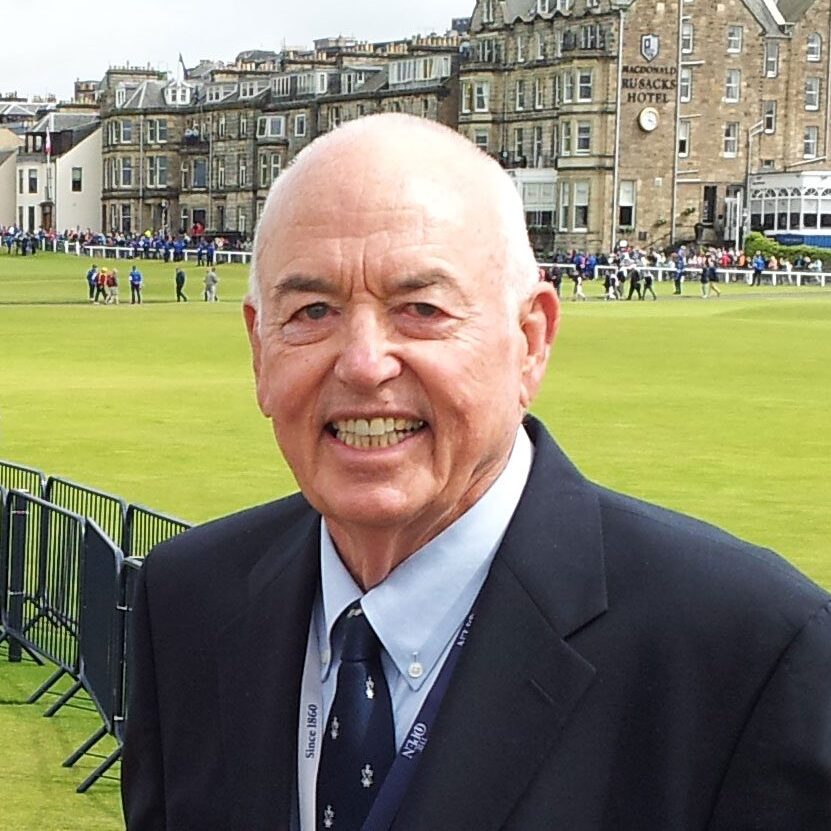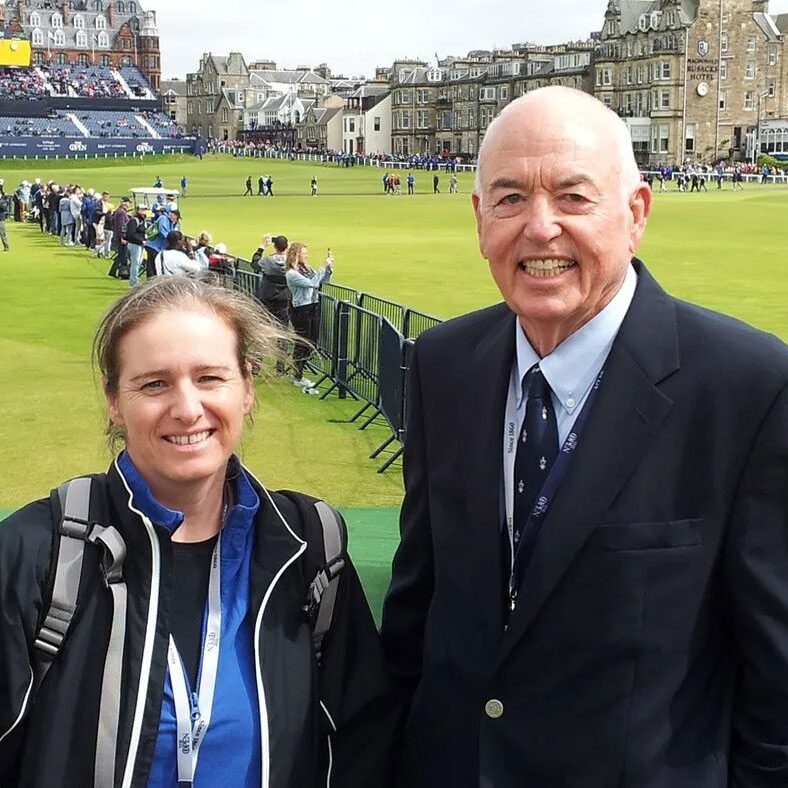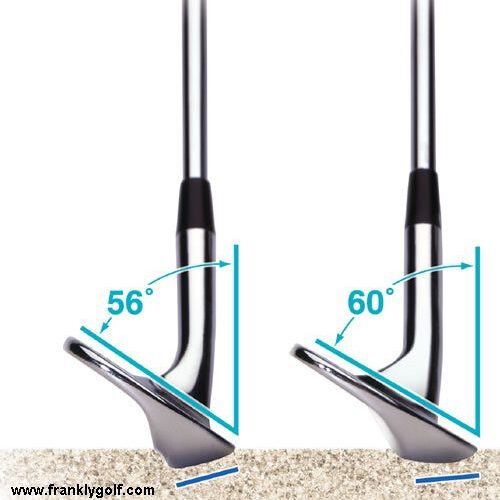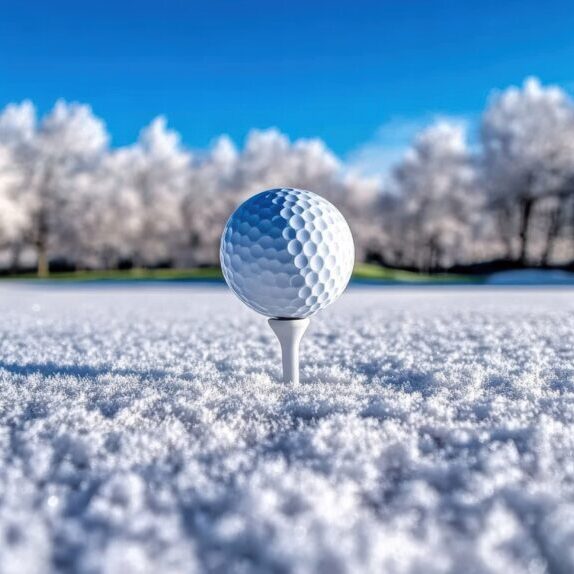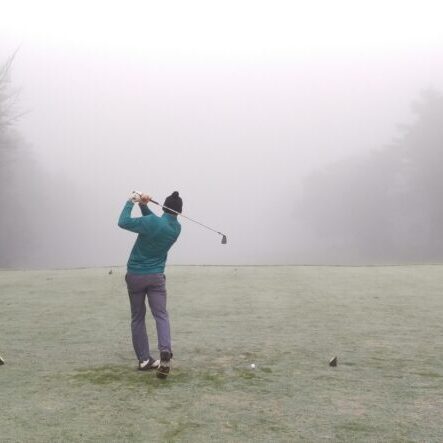Sub-Total: $0.00
Frankly...GOLF!
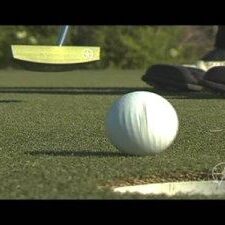
How to “Master” Fast Greens Like the Pros at Augusta
How to “Master” Fast Greens Like the Pros at Augusta As the world’s best take...
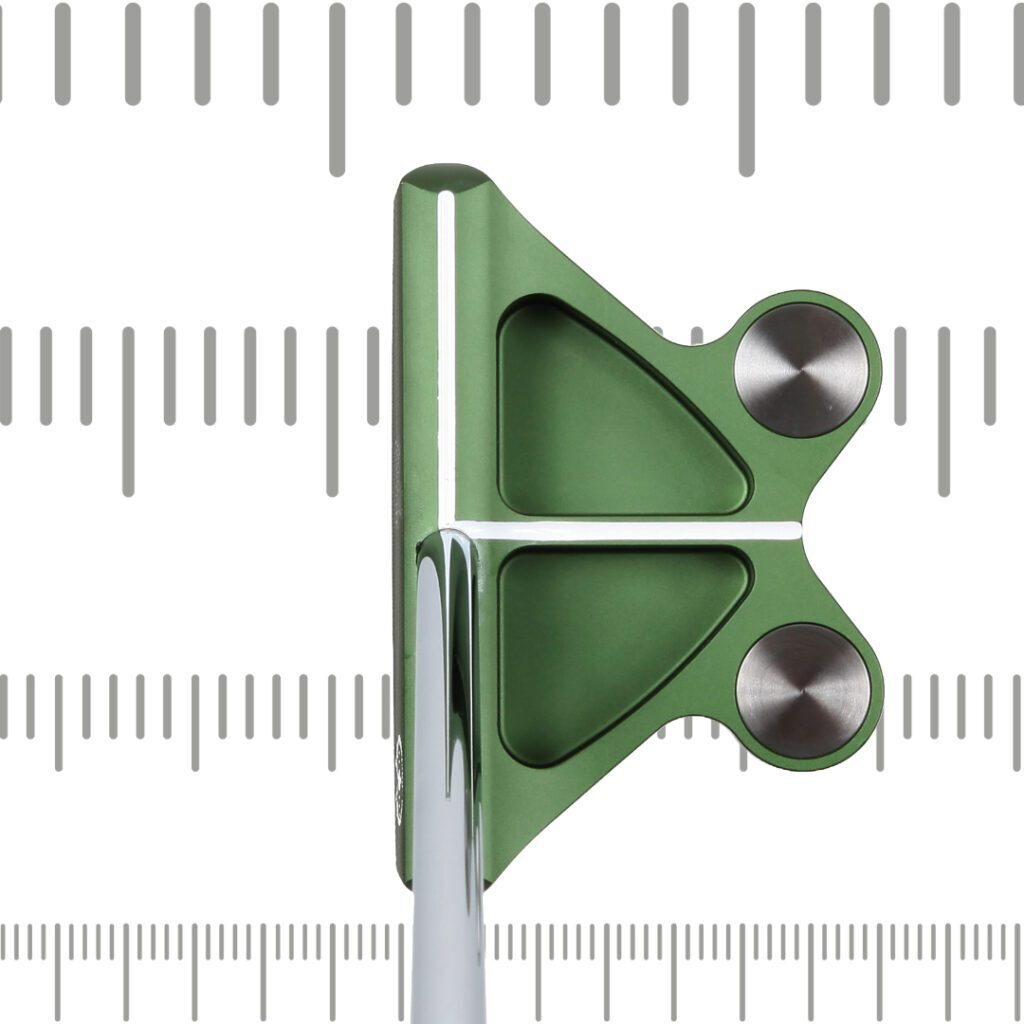
Putter Length Matters: The Straightforward Secret to Consistent Putting
Getting your putter length right is the single most important factor in your fitting process—it...

Secrets to Better Short Putts
Short putts are a subject that come up frequently in my sessions with clients at...
Let’s Be Frank

Understanding Golf Ball Flight: The Aerodynamics
Playing golf and driving a golf ball with some degree of proficiency is difficult,...
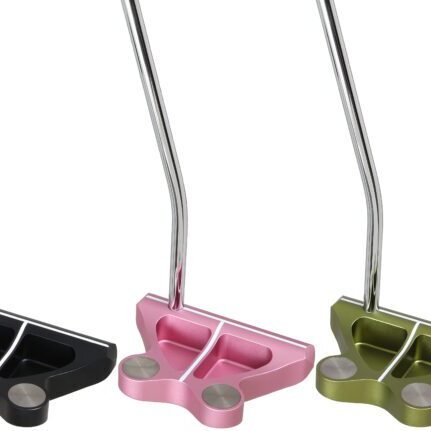
12 Simple Rules for Buying a New Putter
The putter is the most used and most important golf club in your bag. Let...

Simple Rules for Buying the Right Golf Equipment.
Be honest. What you really need is a swing change. But what you...

Golf Ball Dimples for Distance
Frank, I have always wondered why a golf ball has dimples? Would a smooth ball...
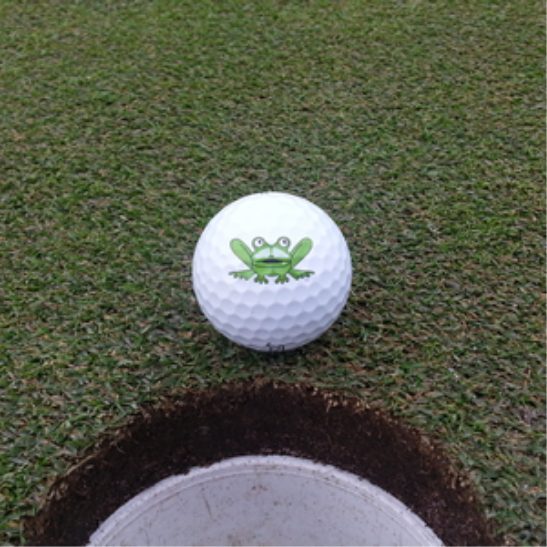
Why Does a Putt Lip Out?
Hello Frank, Can you please explain why a putt lips out of the hole? Is it...

Driver Distance and Your Credit Card
Frank, A friend of mine consistently hits his driver right in the center (a problem...

Winter Golf Bag Storage?
Frank, I know that winter is on its way. Will storing my golf bag, clubs...


